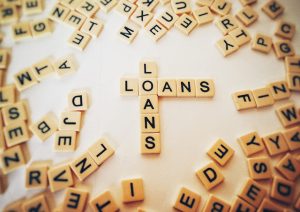Each month, the National Association of Home Builders takes a survey of builders and scores their answers on a scale where any number above 50 means more builders view conditions as good than poor. Flat now for several months, the NAHB’s Housing Market showed little change in August, with builder confidence down one point from July to 32. Since May, the index has been holding between 32 and 34. Buddy Hughes, NAHB’s chairman, says buyers and builders are both waiting for change. “Affordability continues to be the top challenge for the housing market and buyers are waiting for mortgage rates to drop to move forward,” Hughes said. “Builders are also grappling with supply-side headwinds, including ongoing frustrations with regulatory policies connect to developing land and building homes.” Still, despite current frustrations, home builders remain relatively optimistic about the future, with the index component measuring expectations for the next six months scoring a 43. (source)













